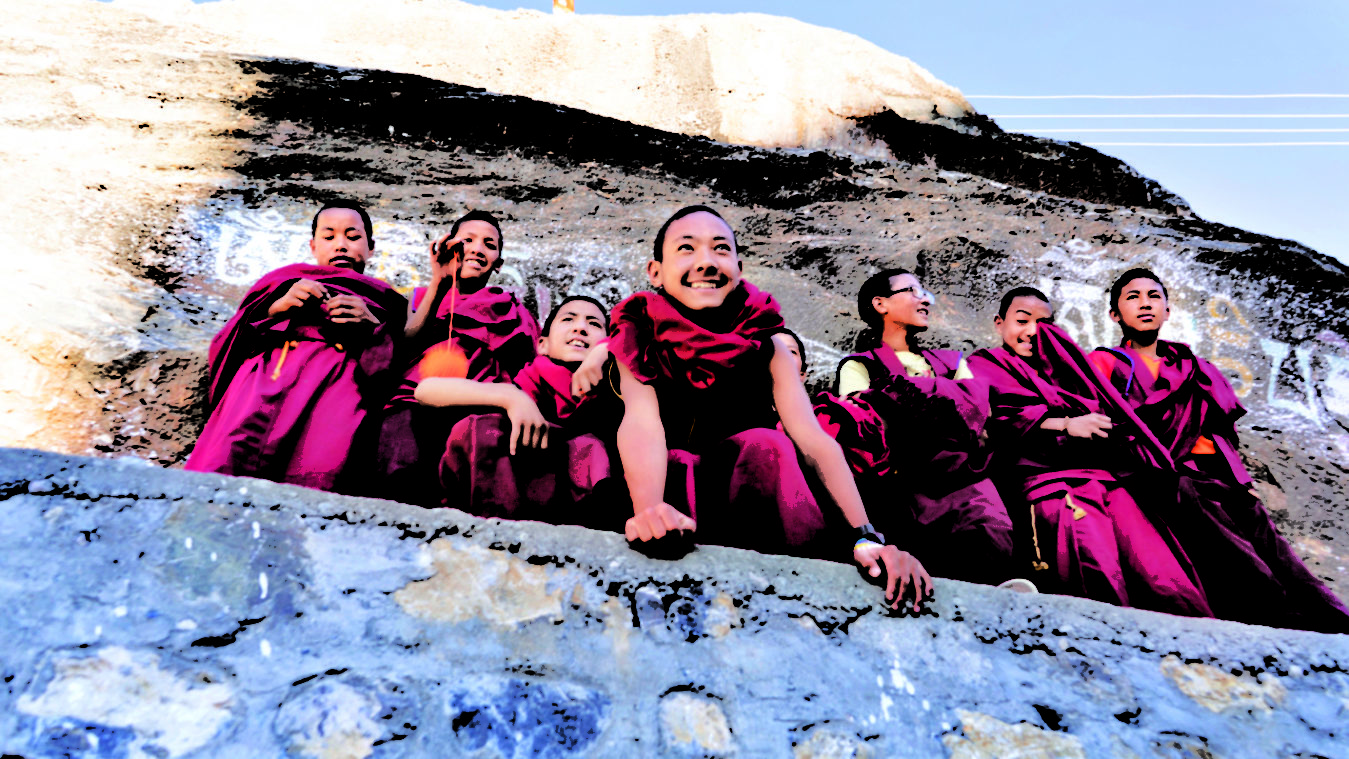Spiti valley: adventure alongside snow-crowned mountains
Travelling along the winding roads of Spiti with glimpses of the cold desert and snow-covered mountains is a lifetime experience in itself. The Spiti valley, where the name ‘Spiti’ means ‘the middle land’, ie the land between Tibet and India, is an adventure lover’s paradise. We are back with the third installment of our episodic account of a trip to the Spiti valley.
In the last few days we have covered spots like Shoghi, Narkanda, Sangla valley, had the experience of glamping under the night sky and moved along with the Milky Way exploring nature in this less travelled parts. Next we move on to our next big stop, Kaza.
Beautiful valleys
Early next day we set out for Kaza, which is one of the main stoppages in Spiti valley. After Sangla, this was the first destination which has a fuel station and thus was packed with bikers and SUVs heading further ahead.
Our driver told us that irrespective of the amount of fuel in the tank, every tourist stops at this particular station to fill up the tank to the brim, while many also take additional fuel in large cannisters to be sure that they can safely reach Manali, over 200 km away and the next stop on this route equipped with a fuel station. The stoppage gave us the opportunity to explore the small village of Kaza that seemed to attract people from all across the world.
After travelling for two days with hardly any human contact besides our group, it was a welcome sight, even if it looked more like a crowd than a bunch of tourists.
Kaza is an important stoppage not just for tourists, but also Buddhist monks as there are several important monasteries in and around Kaza. With steep snow-capped mountains and rugged ridges all around, Kaza also serves as a base camp for dozens of high altitude treks that begin from its surroundings.
After a quick breakfast during which we could also recharge our mobile phones and the camera batteries, we headed out to Langza village, which is home to a 11 m tall Buddha statue, standing at an altitude of over 4,420 m. Langza is considered to be one of the highest villages in the world and has a population of just 137 people living in 33 houses. It is a tiny hamlet, about 16 km north of Kaza and is one of the most beautiful valleys in the Spiti region. From the top, we were able to have a birds-eye view of many farmers at work and animals grazing on nearby mountains.
As the village is in proximity to Tibet, the population is predominantly Buddhist and belongs to the Sakyapa sect of Tibetan Buddhism.
Our next destination was the Key Gompa monastery which is situated at a height of 4,100 m and about 12 km from Kaza. One can spot the monastery from far away as it is located right on the edge of the mountains. At the first glance, its position gives the impression that the monastery is hanging off the edge of the mountain, but as one gets closer, it becomes clearer that it is a fortress which has layers upon layers of construction.
Each of these layers is dedicated to a different aspect of the monastery with many families living there and monks being trained to take over the mantle. Key Gompa is the primary monastery in the entire Kaza region. It dates back to the 11th century and the monks have been living and getting trained there since then.
After a brief visit to the Gompa, we headed back to our camps which were a two hour drive from there. Upon arrival at the camp, we were once again welcomed by tasty snacks of paneer and chicken tikkas on our arrival, with hot tea waiting for us due to the growing chill.
Our evening was filled with talks about the monastery that we had visited and how next morning was going to be another long journey to Chandra Taal lake via the Kunzum La Pass, which was going to be the highest point for this trip.
To be continued…















